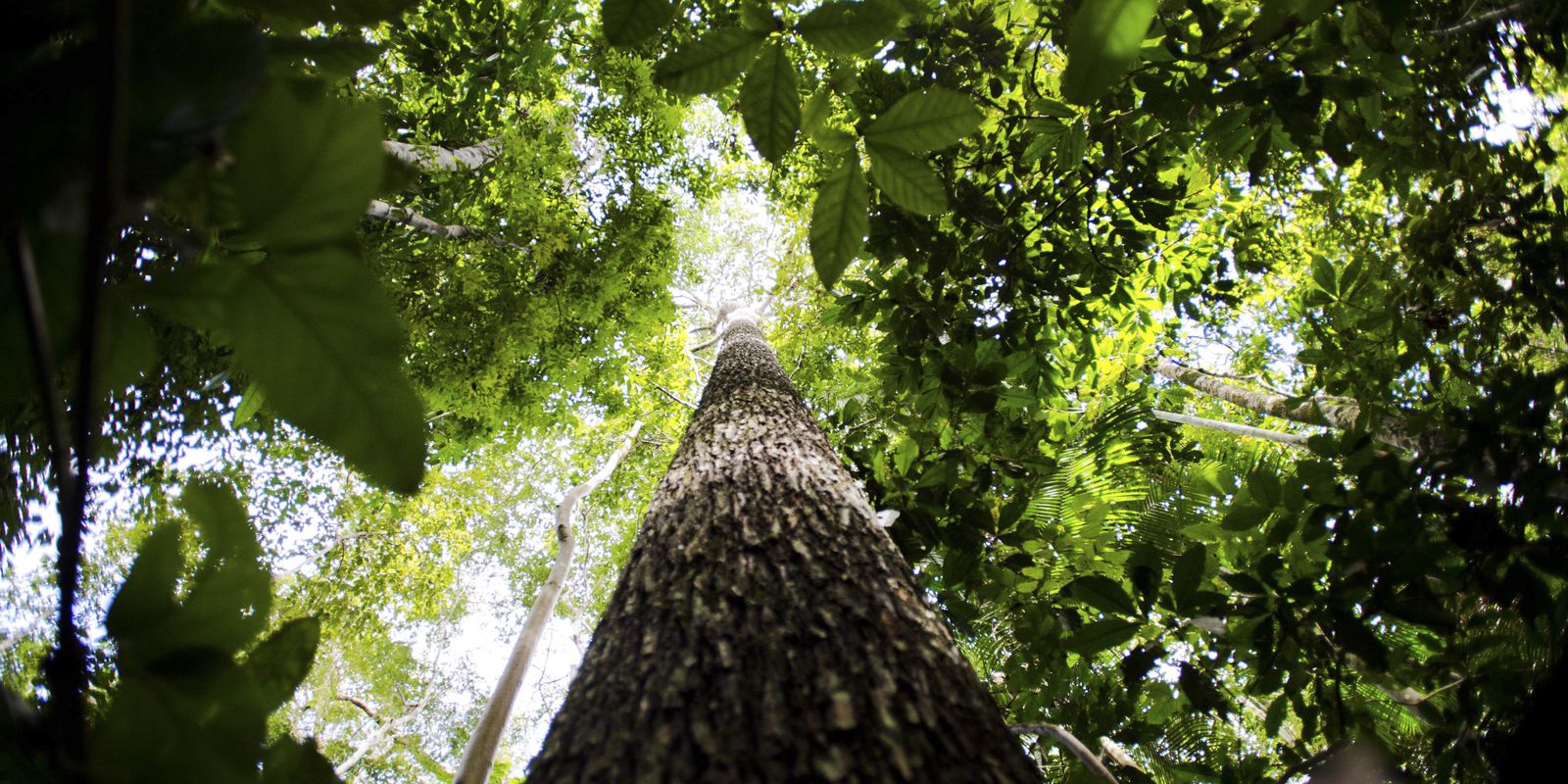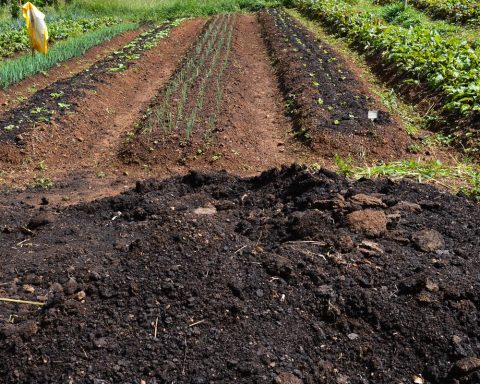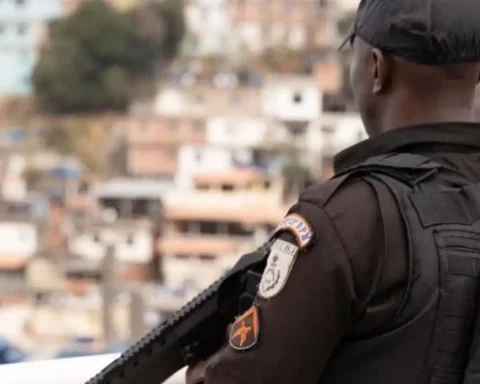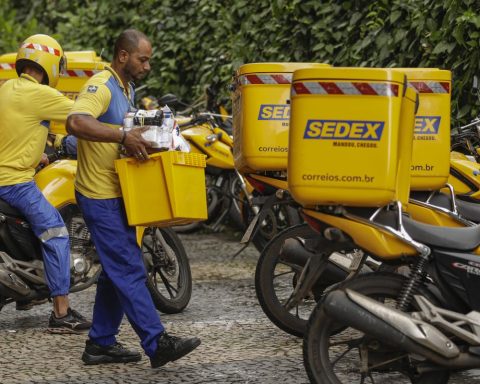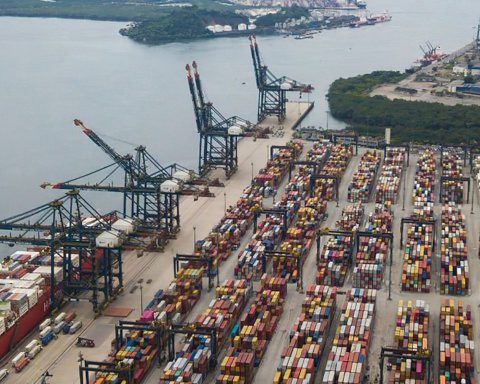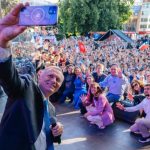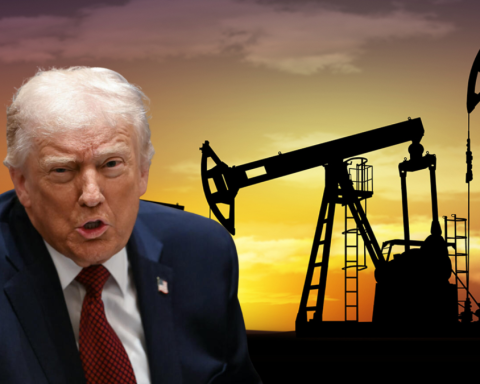Rural producers in the region of Carajás, in Pará, have been scouring the Amazon rainforest in search of seeds from trees native to the region. Over the last three years, around 17 tons of seeds were collected, which generated more than R$ 2.8 million in income for families. This Sunday (5th) is celebrated World Environment Day, the action reinforces the social and economic impact of the importance of forest conservation.
The initiative is a partnership between Vale and the Cooperative of Extractivists of Flona de Carajás (Coex). Among the species collected in the Carajás National Forest are the Brazil nut, jaborandi, Carajás flower, açaí, yellow ipê and many other species in a diversity of shapes, colors and sizes present in the Amazon. All the variety collected is acquired by Vale and used in actions for the recovery of mined areas or environmental compensation carried out by the company.
After being collected, the seeds are mixed and form a mix, a mixture of several species, which when planted makes it possible to recover the green in an area previously used by mining. It is from these seeds that the seedlings used in environmental compensation areas are produced. Planting is planned based on species that can attract pollinating and seed-dispersing animals, making the forest predominate again.
“My feeling is of restoring life, of being able to contribute to better days for humanity”, says the president of Coex, Ana Paula Nascimento. “It is a very promising activity that has a more open market compared to the collection of jaborandi leaves and that increases the income of the cooperative members. Not to mention the environmental issue, contributing to reforestation and keeping the forest standing,” she added.
Amazon region
In 2019, Vale committed to protecting and recovering another 500 thousand hectares of forests in Brazil by 2030. In the Amazon region for 40 years, the mining company has supported the protection of an area of 800 thousand hectares, known as Mosaico de Carajás in Pará, equivalent to five times the area of the city of São Paulo. According to the mining company, the activity occupies less than 2% of this total.
According to Vale’s Environment manager in Pará, Paulo Rogerio Oliveira, more than 200 species were collected over the years, including Brazil nut, jaborandi, Carajás flower, açaí, yellow ipê, among others, and are being used along areas undergoing reforestation.
“These seeds are responsible for promoting the return of biodiversity to the place in the future and for keeping the forest standing, the recovery of mined areas and the ecosystem recomposition of permanent preservation areas and guaranteeing the conservation of all the beauty that is the Amazon. In addition to social relevance, contributing to the development of the region, generating work and income for extractive families associated with Coex”, says Oliveira.
mapping
The activities of the cooperative members also expands knowledge about the diversity of the Amazon with training for the identification and mapping of plants called matrices, from which the seed is collected. In the germplasm rescue process (seed collection) the cycle of flowering, fruiting and seed dispersal is also monitored, which helps to guarantee the variety and its quality.
According to the specialist in Forest Restoration at the Federal University of Viçosa, Sebastião Venâncio Martins, the seed is indispensable in the forest restoration chain.
“The collection of native seeds from the Amazon Forest generates many important impacts, both social, environmental and economic. We have to remember that the basis for the production of seedlings for reforestation is the seed. harvesting seeds, where there is selection of mother trees, species diversity and the generation of high quality seedlings, which present genetic diversity. This is extremely important for the maintenance of these forests in the future”, explains the professor.
According to Martins, the seeds collected in the forest can follow two paths: the production of seedlings, forest restoration or direct sowing.
“Today, there is a technique widely used, not only in the Amazon, but also in the Atlantic Forest and other biomes, which is the so-called seed muvuca, the mixture of seeds that is incorporated into degraded soil and can be used to enrich areas with regeneration. naturally”, he explains. “The ‘seeds’ production chain will generate timber and non-timber goods, such as chestnuts, palm hearts, fruits, which will enable commercialization, generating income for the small producer”, he observed.
The material collected can also be used through the “transposition of seed rain”, a system in which the seeds are removed through collectors installed in the forest and transferred to the restoration area.
“The species of the Amazon rainforest have great potential for use, both in ecological restoration areas for conservation and for productive restoration. We have several examples of species from the Amazon that are already used, such as rubber trees, Brazil nuts, açaí”, he says.
